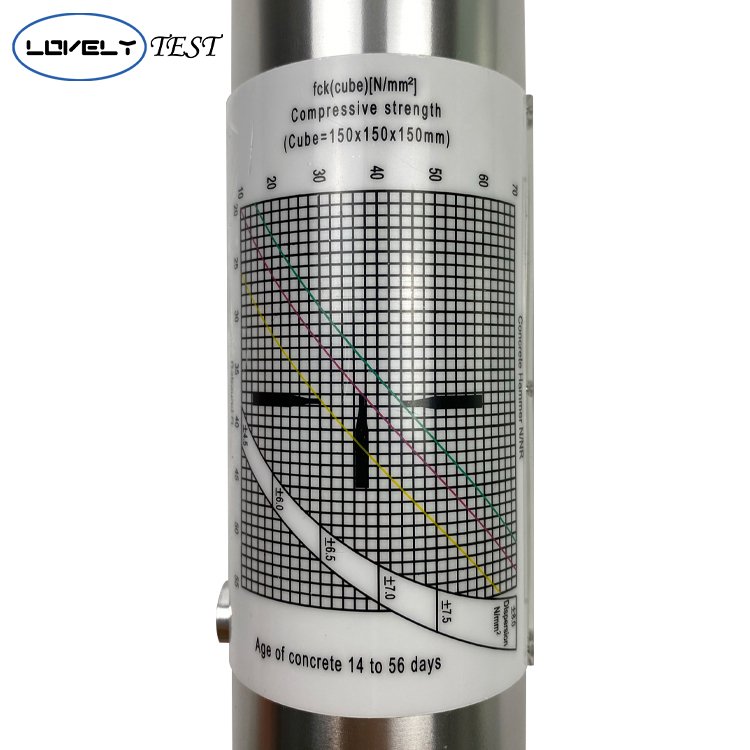Rebound Hammer test is a Non-destructive testing method of concrete which provide a convenient and rapid indication of the compressive strength of the concrete. The rebound hammer is also called as Schmidt hammer that consist of a spring controlled mass that slides on a plunger within a tubular housing. When the plunger of rebound hammer is pressed against the surface of concrete, a spring controlled mass with a constant energy is made to hit concrete surface to rebound back. The extent of rebound, which is a measure of surface hardness, is measured on a graduated scale. This measured value is designated as Rebound Number (rebound index). A concrete with low strength and low stiffness will absorb more energy to yield in a lower rebound value.

Objective of Rebound Hammer Test
As the international standard, the rebound hammer test has the following objectives:
To determine the compressive strength of the concrete by relating the rebound index and the compressive strength
To assess the uniformity of the concrete
To assess the quality of the concrete based on the standard specifications
To relate one concrete element with other in terms of quality
The rebound hammer test method can be used to differentiate the acceptable and questionable parts of the structure or to compare two different structures based on strength.
Factors Influencing Rebound Hammer Test
Below mentioned are the important factors that influence rebound hammer test:
Type of AggregateType of CementSurface and moisture condition of the concreteCuring and Age of concreteCarbonation of concrete surface
Type of Aggregate
The correlation between compressive strength of concrete and the rebound number will vary with the use of different aggregates. Normal correlations in the results are obtained by the use of normal aggregates like gravels and crushed aggregates. The use of lightweight aggregates in concrete will require special calibration to undergo the test.
Type of Cement
The concrete made of high alumina cement ought to have higher compressive strength compared to Ordinary portland cement. The use of supersulphated cement in concrete decrease the compressive strength by 50% compared to that of OPC.
Type of Surface and Moisture Condition
The rebound hammer test work best for close texture concrete compared with open texture concrete. Concrete with high honeycombs and no-fines concrete is not suitable to be tested by rebound hammer. The strength is overestimated by the test when testing floated or trowelled surfaces when compared with moulded surfaces. Wet concrete surface if tested will give a lower strength value. This underestimation of strength can go lower to 20% that of dry concrete.
Type of curing and age of concrete
As time passes, the relation between the strength and hardness of concrete will change. Curing conditions of concrete and their moisture exposure conditions also affects this relationship. For concrete with an age between 3days to 90 days is exempted from the effect of age. For greater aged concrete special calibrated curves is necessary.
Carbonation on Concrete Surface
A higher strength is estimated by the rebound hammer on a concrete that is subjected to carbonation. It is estimated to be 50% higher. So the test have to be conducted by removing the carbonated layer and testing by rebound hammer over non-carbonated layer of concrete.





